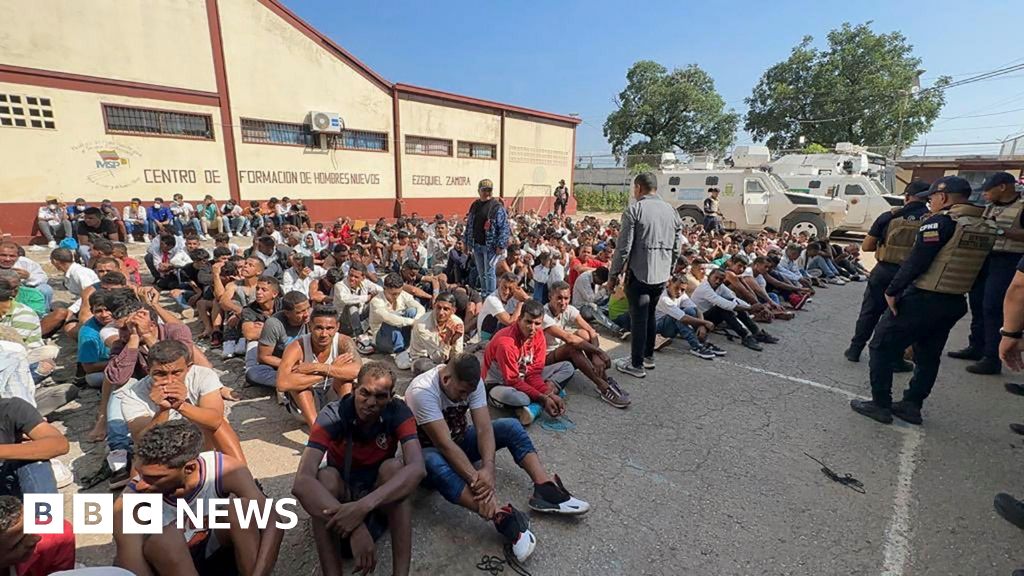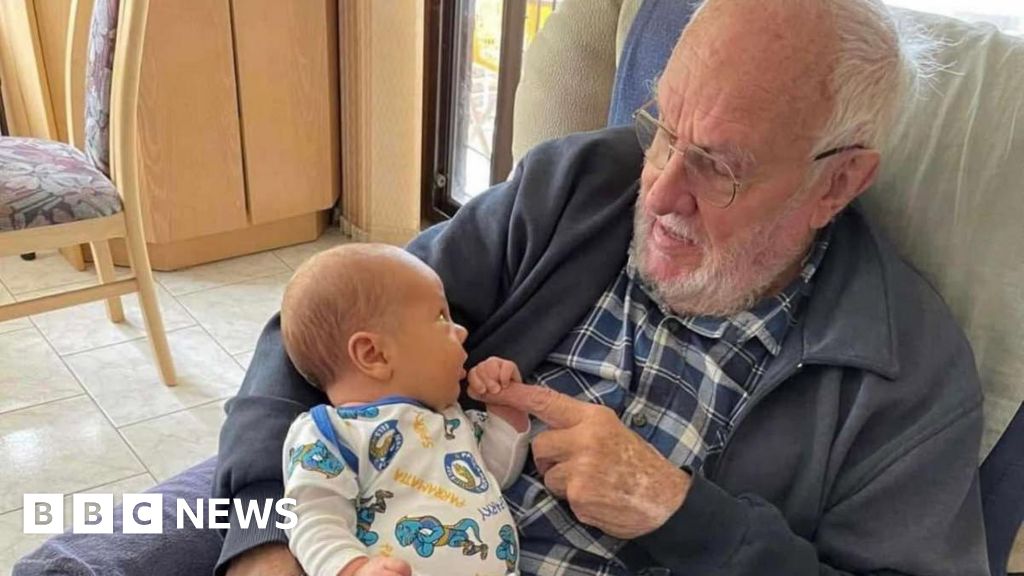Saturday, May 3, 2025 | 2 a.m.
Pittsburgh Penguins goalie Matt Murray (30) and Ottawa Senators' Erik Karlsson meet in the handshake line following a 3-2 Penguins win in the second overtime period of Game 7 of the Eastern Conference final in the NHL Stanley Cup playoffs in Pittsburgh, Friday, May 26, 2017. Photo by: Gene J. Puskar / AP, file
Editor’s note: “Behind the News” is the product of Sun staff assisted by the Sun’s AI lab, which includes a variety of tools such as Anthropic’s Claude, Perplexity AI, Google Gemini and ChatGPT.
The Golden Knights were victorious over Minnesota in Game 6 on Thursday, to advance to the next round of the Stanley Cup Playoffs, where they’ll next face a common rival in Edmonton.
Just as Vegas players will continue their journey, it gives the follicly blessed among them the chance to keep growing. Their facial hair, that is.
The playoff beard — that increasingly prominent facial feature adorning NHL players during postseason play — is one of hockey’s most distinctive traditions.
For the Golden Knights, those emerging beards symbolize not just personal dedication but a connection to hockey’s storied past — a living tradition that binds generations of players in their quest for Lord Stanley’s Cup.
But where did this superstition originate, and why has it endured?
The origins of the playoff beard
The tradition of the playoff beard is one of hockey’s most beloved and instantly recognizable rituals. Players stop shaving when the playoffs begin and let their facial hair grow unchecked until their team is eliminated or hoists the Stanley Cup. This practice isn’t just about style — it’s a superstition, a show of unity and a testament to the grueling journey of the postseason[1].
The roots of the playoff beard can be traced back to the early 1980s New York Islanders. While the exact moment is debated, most hockey historians agree that the Islanders were the first team to collectively embrace the beard during their dominant run, which saw them win four consecutive Stanley Cups from 1980 to 1983[2]. The tradition reportedly began organically: players such as Butch Goring, influenced by Swedish teammates Anders Kallur and Stefan Persson (who admired tennis legend Bjorn Borg’s no-shave superstition), simply stopped shaving as the playoffs progressed[3]. Their success sparked what anthropologists call “success-biased transmission”; other teams noticed the Islanders’ beards and their winning ways, and soon, the beard became a symbol of playoff glory[4].
How the tradition spread
What began as an Islanders quirk quickly became a league-wide phenomenon. As the NHL expanded and the playoff format grew longer, players had more time to cultivate impressive facial hair. By the early 2000s, the playoff beard was entrenched in hockey culture, embraced by players, coaches and even fans, who often grow their own beards in solidarity[6]. The tradition has even crossed over into other sports and inspired beard competitions, social media accounts and marketing campaigns[7].
Legendary playoff beards
Some playoff beards have achieved near-mythical status. Notable examples include:
- Joe Thornton and Brent Burns: Both San Jose Sharks stars are renowned for their wild, untamed beards that have become as iconic as their on-ice performances[8].
- Scott Niedermayer: His distinguished salt-and-pepper beard during the Anaheim Ducks’ 2007 championship run is still remembered as one of the classiest in NHL history[9].
- Jaromir Jagr: Known for his unique muttonchops, Jagr’s facial hair was as memorable as his play[10].
- Erik Karlsson: The veteran defenseman sported a thick, rugged beard that has become a fan favorite[11].
Not everyone joins in
Despite its popularity, not every player participates in the playoff beard tradition. Some simply can’t grow a full beard, while others choose to opt out for personal or cultural reasons. There are even stories of players shaving after a tough loss to try to change their team’s luck, as Roberto Luongo famously did in 2010[12]. And while the beard is celebrated, some teams have had players or even owners who preferred to stay clean-shaven[13].
More than just superstition
The playoff beard has grown into a symbol of dedication, unity and the singular focus required to chase hockey’s ultimate prize. It’s a living, growing testament to the trials and triumphs of the postseason — a tradition that connects generations of players and fans and a reminder that sometimes, the smallest rituals can carry the greatest meaning[14].
They’re a badge of honor, a rallying point and a piece of hockey history that continues to evolve with every game.
Sources
[1] https://thehockeywriters.com/nhl-playoff-beard-history/
[2] https://fansided.com/posts/nhl-history-playoff-beard
[3] https://www.espn.com/espn/feature/story/_/id/32804681/playoff-beards-hockey-wackiest-tradition
[4] https://www.miragenews.com/playoff-beards-from-swedish-roots-to-hockey-1451478/
[6] https://www.yardbarker.com/nhl/articles/a_history_of_playoff_beards/s1__28939103
[7] https://thehockeynews.com/news/top-10-playoff-beards
[8] https://rsfperformance.ca/2023/08/battle-of-the-beards-top-contenders-for-best-hockey-beards-during-playoffs/
[9] https://bleacherreport.com/articles/2950514-the-all-time-11-best-beards-in-nhl-history
[10] https://bleacherreport.com/articles/2950514-the-all-time-11-best-beards-in-nhl-history
[11] https://rsfperformance.ca/2023/08/battle-of-the-beards-top-contenders-for-best-hockey-beards-during-playoffs/
[12] https://www.youtube.com/watch?v=IzNYqh4dwe0
[13] https://forums.hfboards.com/threads/any-players-refuse-to-do-the-playoff-beard-thing.2224663/
[14] https://www.espn.com/espn/feature/story/_/id/32804681/playoff-beards-hockey-wackiest-tradition
.png)









 English (US) ·
English (US) ·